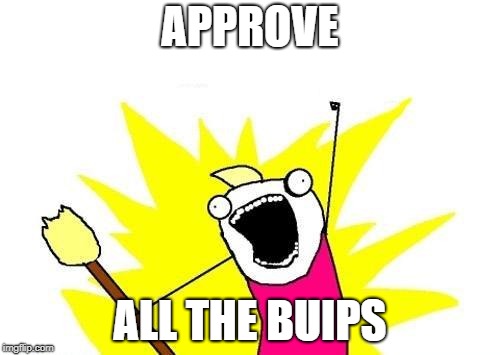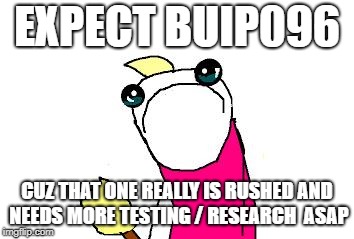- Dec 16, 2015
- 2,806
- 6,088
Au contraire, "no limit at all" and no orderly upgrade but "hash war" is what destroys capacity planning and incentive to use the chain.An artificially constrained limit, limits capacity planing
Because hype is what we need, instead of solid, reliable and predictable performance.This controversial uncertainty is one of the biggest drives for the investment hype cycle.
I have news for you my friend. Go hang out in /r/CryptoCurrency a while and see what other blockchains boast about. Heck, nowadays they even boast about it in /r/btc.After we have removed the 23MB limit there will be a a new theoretical maximum limit that no other blockchain can boast, [...]
Adjust your vision.The only negative result that I can predict when removing the limit is the inability to extract rent when that limit is reached, consequently there is no negative cost to removing the limit.
Others in the ecosystem have real costs to upgrade their systems. Miners do feel some duty of care not to let rogues split off half of the ecosystem / coin with some suitably large block. This leads to some general agreement about a maximum blocksize, even if you don't want that.
Miners don't owe you anything special. The ones in this fight are probably bigger investors than you or me. They consider their interests carefully, and removing the limit in an unsafe way is not high on their agenda.As an investor I want the to remove the limit.
Last edited:



